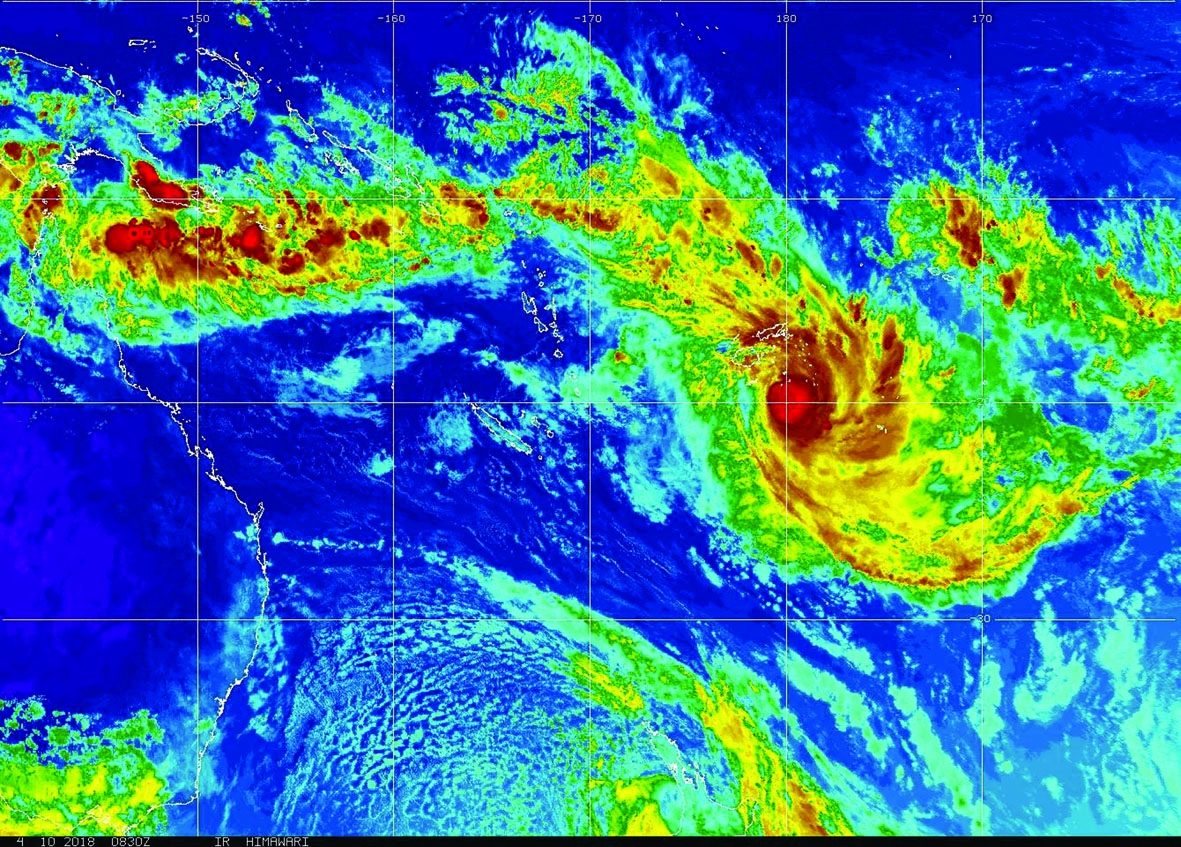WEATHER forecasting is a huge challenge and at most times mixed with complications.
The former Director of the Fiji Metrological Services, Rajendra Prasad said forecasters try their best to lock in the correct report by looking at weather model predictions. But these models are not often accurate enough.
“It should be common knowledge that numerical weather prediction models do rather poorly in this part of the world compared to other tropical cyclone basins and so relying on them can be very risky,” said Prasad.
Giving an example of the recent Tropical Cyclone Keni, Prasad outlined how Fiji Met may have failed to forecast its correct track and impact areas.
“The models were bringing TC Keni very swiftly onto Fiji right from its formation stages. As a result, the initial prediction was for it to start affecting Fiji from Sunday, which was then changed to Monday and subsequently to Tuesday when it finally hit,” he said
“The initial model forecast was for its centre to pass significantly south of Kadavu, then close to Kadavu and later on even touching on southern Viti Levu, but it finally passed right over Kadavu,” he added.
Weather forecasts that are unable to precisely say where a severe weather system is heading causes confusion. And in this day and time of social media, panic is created when citizens read the wrong information from un-credited weather websites.
…..to read more buy your personal copy at
